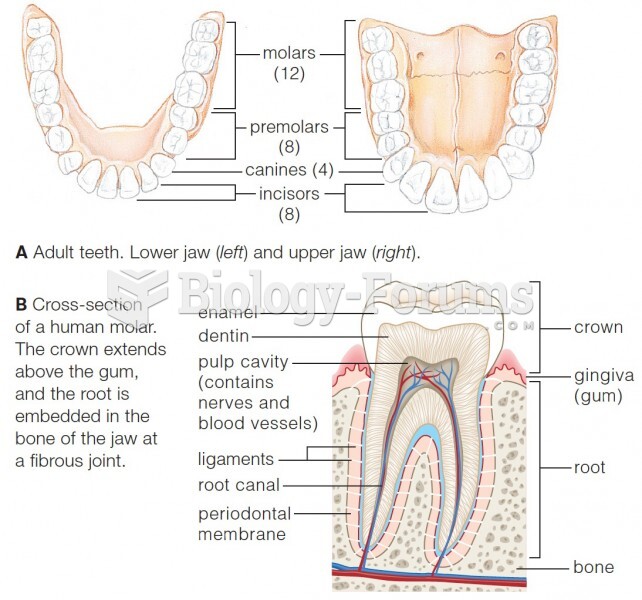Answer to Question 1
Answer:
a. Roles refer to behavior patterns expected of someone occupying a given position in a social unit. In a work group, these roles tend to be oriented toward either task accomplishment or toward maintaining group member satisfaction.
b. Norms are standards or expectations that are accepted and shared by a group's members and that dictate work output levels, absenteeism, promptness, and the amount of socializing allowed on the job. Common organizational norms focus on effort and performance, dress, and loyalty.
c. Because individuals want to be accepted by groups to which they belong, they're susceptible to conformity pressures. As group members we often want to be considered one of the group and to avoid being visibly different. So we conform. When an individual's opinion of objective data differs significantly from that of others in the group, the group often exerts extensive pressure on the individual to align his or her opinion to conform to others' opinions, a phenomenon known as groupthink.
d. Status systems are an important factor in understanding behavior. They're a significant motivator and have behavioral consequences when individuals see a disparity between what they perceive their status to be and what others perceive it to be.
e. If the goal of the group is to find facts, a larger group of a dozen or more members should be more effective. Smaller groups of seven or fewer are better at doing something productive with those facts. One important finding related to group size is social loafing, the tendency for an individual to expend less effort when working collectively than when working individually.
f. Group cohesiveness, the degree to which members are attracted to a group and share the group's goals, is important because it has been found to be related to a group's productivity.
g. Group processes concern such things as communication, decision making, conflict management, etc. These processes influence group performance and satisfaction.
Answer to Question 2
Answer: TRUE







